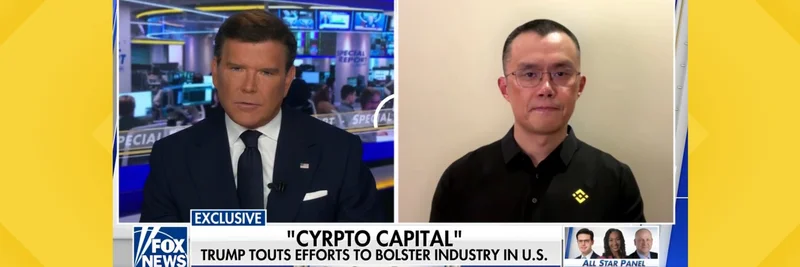There’s been confusion around the symbol linked to 0x22fab9492eb85dad38d5a574789a5ded41da93ef on Base. According to project-facing materials, this address corresponds to the VIRTUAL token for the Virtuals Protocol. However, some listings have referred to the same address as “VTLP,” and the contract is currently not verified on Basescan. If you choose to interact with this token, proceed carefully and validate details directly on-chain.
Fast facts
- Name and symbol: VIRTUAL (some sources report VTLP for the same address)
- Contract: 0x22fab9492eb85dad38d5a574789a5ded41da93ef
- Chain: Base (an Ethereum Layer 2)
- Source code status: Not verified on Basescan at the time of writing
What is the Virtuals Protocol?
Virtuals Protocol is a decentralized platform focused on creating, owning, and monetizing AI agents—autonomous, software-based entities that can perceive inputs and take actions. These “VIRTUAL Agents” are governed via smart contracts, with an emphasis on co-ownership, transparent on-chain state changes, and open, collaborative development.
In practice, agents can:
- Interact multimodally (text, voice, 3D avatars)
- Execute in-game actions or respond to user prompts
- Trigger on-chain transactions when authorized
- Operate under DAO-style community oversight
By building on Base, a high-throughput Ethereum Layer 2, the protocol aims to deliver fast confirmations and low fees—key for real-time, agent-driven experiences.
Token utility and design
According to project materials, the VIRTUAL token is the core utility and governance asset of the ecosystem.
- Total supply: 1,000,000,000 (fixed)
- Public distribution: 60% allocated to users and developers for actions like agent creation, fees, and daily interactions
- Liquidity: 5% earmarked to maintain DEX liquidity for smoother trading
- Deflationary mechanics: Agent creation and trading can involve locking and burning tokens, reducing circulating supply as adoption grows
- Governance: Token holders participate in DAO governance to align incentives and decentralize control
- Use cases: Gaming, education, entertainment, and broader AI-driven applications
Note: Because the contract is not verified on Basescan, independently confirm any tokenomics you rely on and watch for official updates.
Why Base?
Base provides:
- Faster confirmations for UX-sensitive agent actions
- Lower gas fees for frequent interactions
- Capacity to handle high volumes of on-chain events
For a refresher on Base, see the Base overview and how it fits within Ethereum Layer 2 scaling.
Ecosystem example
Some ecosystem materials reference smaller AI agent tokens launched on Virtuals, such as “Hana,” tied to Hana Studios for AI-generated videos and images. These examples illustrate how agent-centric tokens might gain utility around specific studios, apps, or communities.
Risks and what to watch
- Market volatility: All crypto assets can swing sharply in price
- Regulatory uncertainty: Rules differ by region and evolve quickly
- Smart contract risks: Unverified code, potential vulnerabilities, and phishing remain concerns
- Competition: AI x blockchain is crowded; adoption is not guaranteed
- Adoption dependence: Long-term value hinges on real usage of agents and the protocol
Given the unverified contract status, take extra care:
- Avoid large deposits to unverified contracts
- Don’t grant unlimited token allowances
- Monitor official channels for verification updates
Research and tracking tips
- Contract and on-chain activity: Basescan token page
- Market data: Check aggregators like CoinGecko and CoinMarketCap
- Education:
If you choose to explore trading, consider using specialized tools and reputable platforms. You can view and monitor this token on GMGN.AI here: https://gmgn.ai/base/token/fV1R5sZ5_0x22fab9492eb85dad38d5a574789a5ded41da93ef. As always, compare across data sources and, if you trade, use your preferred decentralized exchanges on Base and follow good security hygiene.
Bottom line
- Address 0x22fab9492eb85dad38d5a574789a5ded41da93ef is attributed to the VIRTUAL token for the Virtuals Protocol, though some sources label it “VTLP.”
- The protocol’s vision is to enable co-owned, on-chain AI agents with real utility across gaming and entertainment.
- Tokenomics suggest fixed supply, community-focused distribution, deflationary mechanics, and DAO governance—promising on paper, but you should verify details as the contract is currently unverified.
- Proceed cautiously, track on-chain data, and use trusted tools to make informed decisions.



